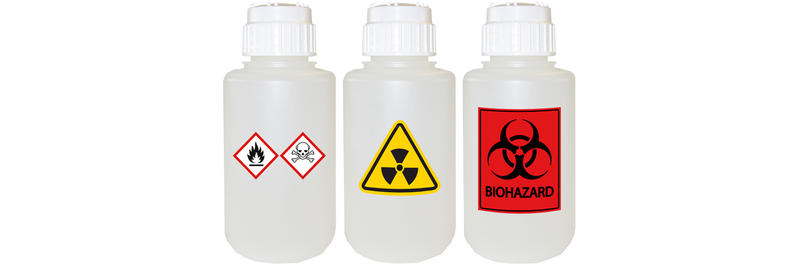8 Simple Techniques For Reclaim Waste
8 Simple Techniques For Reclaim Waste
Blog Article
5 Easy Facts About Reclaim Waste Explained
Table of ContentsThe Facts About Reclaim Waste UncoveredThe Single Strategy To Use For Reclaim WasteThe Only Guide to Reclaim WasteSome Known Questions About Reclaim Waste.10 Simple Techniques For Reclaim Waste
Residential sewage waste refers to the waste and items from a residential septic storage tank. The correct administration and disposal of residential sewage waste need fluid waste to be moved to a sewage therapy plant where the appropriate techniques and devices are used to cleanse and dispose of waste.
Industrial waste often consists of prospective dangers, such as combustible products or a blend of liquid and solid waste products, and calls for a much more advanced and comprehensive disposal procedure. The disposal of industrial waste usually involves the filtering of waste before transport to make sure risk-free and correct disposal. Industrial waste is produced from by-products and drainage of commercial processes and production.
This type of waste can not use the same sewage monitoring transportation or processes as septic or business fluids. The hazardous waste management procedure needs the evaluation and screening of fluid waste before it undergoes the disposal process (liquid waste disposal). Drainage waste is the fluid waste that comes from overflow and excess stormwater in very booming areas or cities
Runoff waste can trigger contamination and flooding otherwise dealt with appropriately. Discover more regarding drain cleaning and waste management. Making certain appropriate waste administration can avoid catastrophes and lower ecological damage. Both individuals in property settings and professionals in commercial or manufacturing sectors can gain from understanding the processes and guidelines of fluid waste management.
The 6-Second Trick For Reclaim Waste
Get in touch with PROS Services today to learn more about our waste administration and disposal solutions and the correct means to look after the fluid waste you produce.
(https://pubhtml5.com/homepage/kwjac/)This so-called 'wastewater' is not only a vital resource yet, after treatment, will be launched to our land, waterways or the sea. Used water from bathrooms, showers, baths, cooking area sinks, washings and industrial processes is understood as wastewater.

water made use of to cool down equipment or clean plant and tools). Stormwater, a kind of wastewater, is overflow that moves from agricultural and metropolitan locations such as roof coverings, parks, yards, roads, paths and gutters right into stormwater drains, after rainfall. Stormwater streams without treatment directly to regional creeks or rivers, at some point reaching the sea.
The 3-Minute Rule for Reclaim Waste
In Queensland, most wastewater is treated at sewer therapy plants. Wastewater is delivered from domestic or industrial sites through a system of sewers and pump stations, called sewerage reticulation, to a sewage treatment plant. Regional federal governments construct, maintain and operate most sewer treatment plants. Operators are certified under the Environmental Management Act 1994 to discharge cured wastewater at check this an acceptable ecological standard right into waterways.
The Department of Natural Resources recommends regional governments about handling, operating and maintaining sewerage systems and treatment plants. In unsewered areas, city governments might require homeowners to set up private or family sewage treatment systems to deal with domestic wastewater from toilets, kitchen areas, shower rooms and laundries. The Department of Natural Resources authorises the use of household systems when they are proven to be effective.
In some new subdivisions, therapy of some stormwater to get rid of clutter, sand and gravel has begun making use of gross pollutant traps. Wastewater treatment happens in 4 phases: Gets rid of solid issue.
Utilizes little living organisms understands as micro-organisms to damage down and get rid of remaining liquified wastes and great particles. Micro-organisms and wastes are included in the sludge.
Some Known Incorrect Statements About Reclaim Waste
Nutrient removal is not offered in all sewage treatment plants since it requires expensive specialized devices. It is ending up being much more typical in Queensland. Clear fluid effluent generated after therapy might still contain disease-causing micro-organisms. If this effluent is launched into waterways such as rivers or the sea, the micro-organisms will eventually die out.

Most wastewater streams right into the sewerage system. Under the Act, regional federal governments provide approvals and permits for ecologically relevant activities (ERAs) entailing wastewater launches that could have a neighborhood influence.
Getting My Reclaim Waste To Work
Or else, examples are taken for laboratory analysis. Commonly several tests are needed to establish the degrees of each of the different contaminants such as oils, heavy metals and pesticides in water. Surveillance offers factual details concerning water quality and can validate that licence problems are being satisfied. The info gotten with tracking supplies the basis for making water high quality decisions.
Report this page